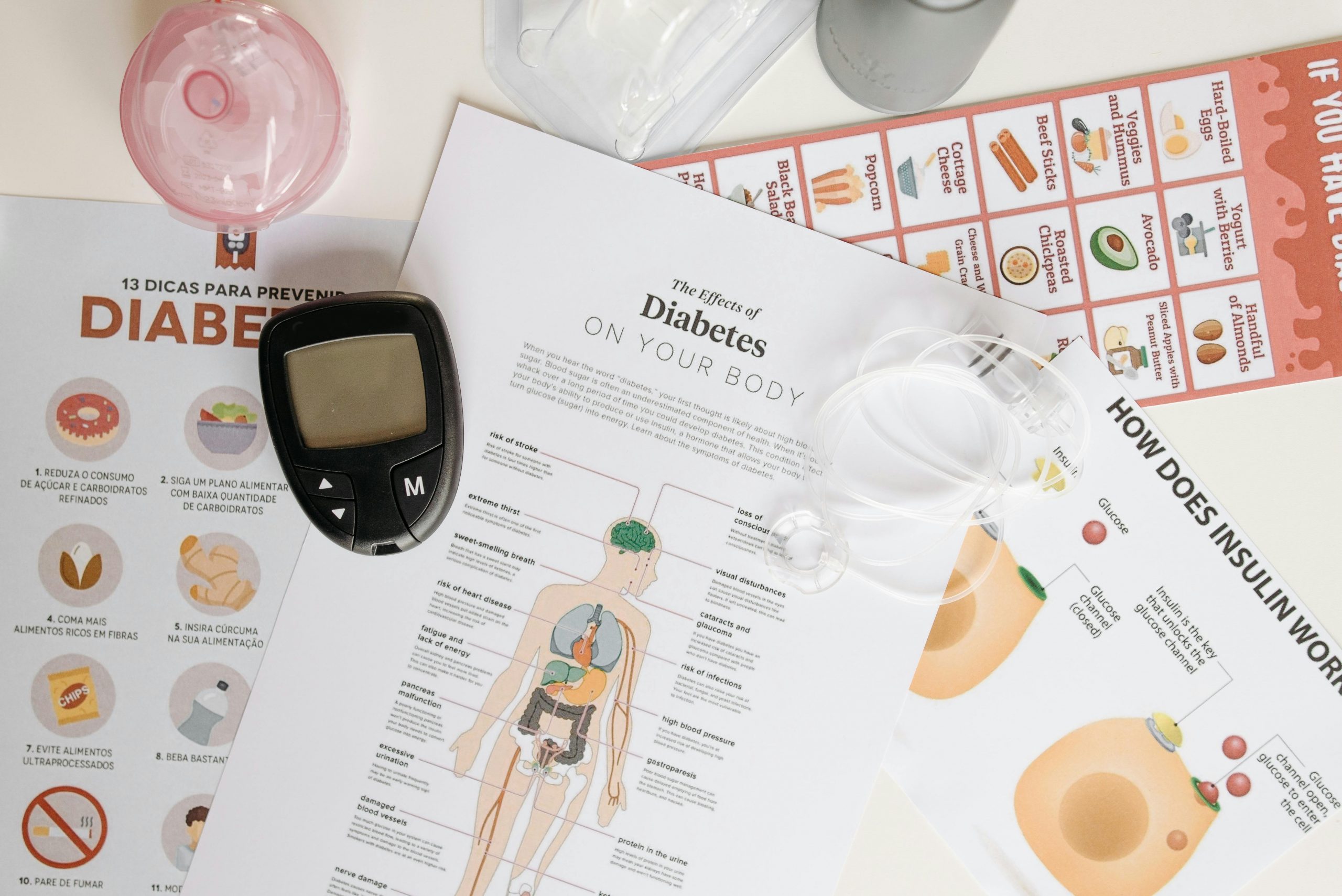
The company's aim is to develop Hungary's innovation capabilities by identifying and exploiting new scientific ideas.Continue reading

Researchers at Semmelweis University have found minor abnormalities suggestive of neurological disorders in people with a healthy diabetes metabolism, but who are at higher risk of developing the disease. Early detection of signs of a condition that causes autonomic and sensory dysfunction can help prevent and treat diabetes more effectively, reports Világgazdaság.
A study by Semmelweis University looked for a link between a higher risk of developing type 2 diabetes and the onset of Peripheral neuropathy before the onset of symptoms.
Disorders affecting the autonomic and sensory nervous systems are not only found in diabetics, but also in people with blood glucose levels above the normal range who are not yet diabetic – a condition known as pre-diabetes.
However, whether signs of neuropathy can be seen in people who are at medium or high risk for diabetes but are otherwise healthy has not yet been tested.
In this study, the researchers looked at whether there are signs of neuropathy in people who are not yet officially pre-diabetic.
Such risk factors include high blood pressure or cholesterol levels, which are associated with the presence of neuropathy in diabetics and pre-diabetics,
stressed first author Anna Körei, Assistant Professor at the Department of Internal Medicine and Oncology at Semmelweis University.
To select patients, a risk assessment method widely used by general practitioners and specialists at home and abroad was applied. Findrisk is a questionnaire that calculates the likelihood of someone developing diabetes in the next ten years based on lifestyle and health factors. “The questionnaire looks at cardiovascular risk factors, as neuropathy is a microvascular complication. Since it screens for diabetes without laboratory tests, it is more cost-effective and accurate than traditional tests,” summarized Péter Kempler, Professor at the Department of Internal Medicine and Oncology.
Findrisk asks about the respondent’s age, body mass index (BMI), fruit and vegetable intake, exercise frequency, high blood pressure, abdominal circumference, and family history of type 2 diabetes. On a 0-20+ point scale, the higher the score, the higher the risk of developing diabetes.
Those with the highest score have a 50 percent chance of developing diabetes in the next 10 years.
The study focused on those who scored above 12 but did not have diabetes or a pre-diabetic condition. A score of 12 indicates an increased risk; those with a score of 12 should have further laboratory tests to confirm their risk of diabetes.
It was found that selected participants rarely had a clear neuropathic abnormality, but a minimal narrowing appeared, hence these patients should be monitored,”
emphasized Körei.
“It does not matter what causes a score above 12 points,” underlined Kempler. Certain parameters, such as age or a family history of diabetes cannot be changed, but lifestyle factors, such as being overweight, not eating enough fruit and vegetables, or having high blood pressure, can. More exercise, a more active lifestyle, and weight loss can be particularly effective early on. The initial neuropathy may be reversible with intensive lifestyle changes, but the management of the advanced stage depends largely on carbohydrate metabolism, he concluded.
Via Világgazdaság; Featured image via Pexels